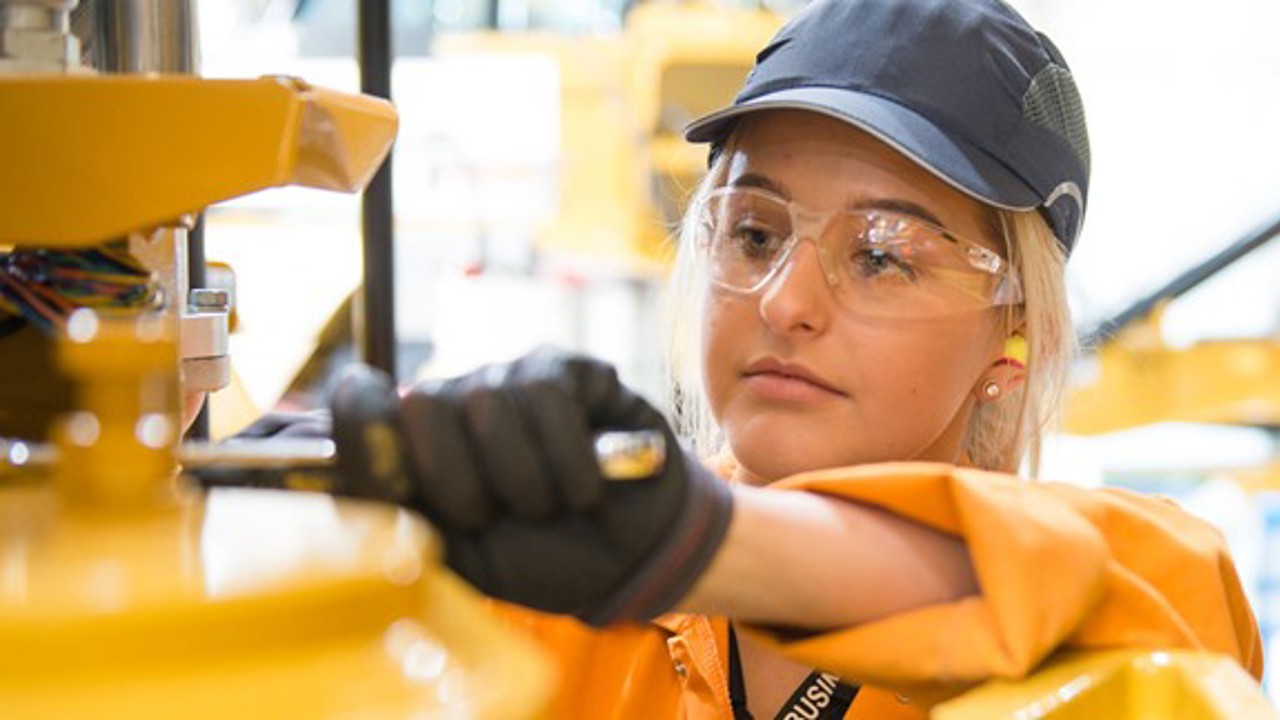
Overview
This briefing outlines the latest figures for those working in engineering and technology roles, and offers a spotlight on women.
Women in engineering and technology
Who this is for
- Professional Engineering Institutions
- Employers
- Policymakers
- Researchers
Key findings
- 6.3 million people working in engineering and technology occupations, accounting 19.2% of the UK workforce
- The number of women working in engineering and tech has dropped by 38,000 – from 16.5% of the 2022 workforce to 15.7% of the 2023 workforce
- The fall in women in the engineering and tech workforce is driven by a fall of 66,000 between the ages of 35 to 64, indicating that women are not being retained

The sector as a whole needs to better understand why women are leaving and work harder to improve their retention, including creating opportunities for those who have left the profession to return. The various government skills taskforces must also ensure retention is core to the strategies they are working on.
— Dr Hilary Leevers, CEO at EngineeringUK
Having a diverse engineering sector ensures that we are better equipped to address the world's biggest problems. Major, complex challenges like sustainability requires a variety of minds, and lived experiences, contributing to solutions. It's why improving gender balance, as one measure of diversity, is vital for the success of organisations across the board.
— Carl Ennis, CEO of Siemens in the UK and Ireland











